Replacing your roof is (hopefully) a rare occasion, and a costly one – you’ll want to make sure it’s done right. If you’re new to the world of roofing, you’re likely overwhelmed by all of the choices of materials and colors.
Colors must be chosen to complement your individual home and tastes, but there are clear pros and cons to each type of roofing material. This comprehensive guide to these materials will help you make an informed and intelligent decision.
When considering roofing materials, durability and climate resistance should be at the forefront of your decision-making process. Asphalt shingles, for instance, are a popular and budget-friendly option but may not hold up as well in extreme weather conditions. Metal roofing offers exceptional longevity and energy efficiency, while clay tiles lend a timeless, classic look but can be heavy and require additional structural support. If you’re unsure about the best choice for your home, you can go for Roof repairs perth to get expert guidance tailored to the local climate.
Beyond material selection, maintenance plays a crucial role in extending the lifespan of your roof. Regular inspections can catch minor issues before they escalate into costly repairs. Whether it’s sealing small leaks or replacing cracked tiles, staying proactive can prevent significant damage down the line. A well-maintained roof not only protects your home but also enhances its curb appeal and overall value.
Shingles
The most commonly used roofing material is shingles. Shingles are overlapping pieces of wood, asphalt, or other materials laid atop your roof.
Types of shingles
Asphalt, or composite, shingles – made of fiberglass and asphalt with a pebbly, gritty feel – are the most popular due to their inexpensiveness and attainability; wood shingles and shakes (split shingles with a rougher appearance) are popular as well but costlier and unavailable in some areas due to fire concerns (though most carry fire certification). Asbestos shingles used to be popular because of their long life and fireproof qualities but are rarely used nowadays due to health concerns.
- Long life: most shingles have a life expectancy of 15-30 years, depending on composition and quality
- Easy to replace single shingles in case of damage
- Low cost compared to other roofing materials
- Easy installation
Cons of shingles
- Flat appearance (except for shakes)
- May blow off in high winds
- Easily scars when exposed to heat

Commonly found in southwestern parts of the country and classically paired with stucco or adobe finishes, clay or ceramic tiles are another popular roofing material.
- Visual appeal; wide variety of colors, finishes, shapes and styles
- Excellent lifespan
- Heat-, infestation-, rot- and fire-resistant
- Low-maintenance
- Deflects sun for cooler housing
Cons of tile
- Very heavy; may require extra roof support
- Prone to fading
- Fragile; walking on or repairing tiles is likely to result in damage
- Complicated installation
- High-cost
Reinforced cement is used to replicate many different types of roofing materials: shingles, shakes, and even tile and slate in various shades, shapes, and sizes.
- Resistant to rot, insects, and fire
- Can mimic different types of shingles and other materials
- Durable and low-maintenance
- Provides insulation
- Energy efficient and “green”
Cons of concrete
- More expensive than many other options
- Often lighter than the tile and slate that it resembles but still heavy
- May crack in freezing temperatures
Roofs may be crafted of metal (copper, steel, aluminum) in seamed sheets or shingles.
- Durable even in extreme weather
- Proven to last hundreds of years
- Light; no (or little) extra support necessary
- Insulates home; saves on heating and cooling
- Appearance (especially copper, which develops a patina over time)
Cons of metal
- Needs proper insulation to reduce noise
- Expensive
- Likely to rust over time, especially near saltwater
Slate is one of the most luxurious and of the highest quality of roofing materials. It’s actual pieces of natural stone in gray, blue and rust shades.
- Natural, old-world look
- Most durable and long-lasting; impervious to the elements, fire, rot, and infestation
- Variety of laying patterns
Cons of slate
- Heavy; requires extra structural support
- Difficult to repair; breakable if walked on
- High cost
- Due to the fact that it is natural, it is difficult to replace individual pieces
A living roof is covered in plants. It’s best executed on a flat or gently sloped roof.

Pros of a living roof
- Green (literally and figuratively!)
- Provides insulation and cuts heating and cooling costs
- Energy efficient
- Unusual and beautiful
Cons of a living roof
- Costly to maintain
- Requires constant skilled upkeep and waterproofing to prevent home disasters
Advances in manufacturing technology allow for roofs to be made of engineered rubber or plastic.
- Can be made to look like virtually any other roof material
- May be “green” – rubber is often recycled car tires
- Low maintenance
Cons of engineered roofing
- Shorter lifespan
- May look fake


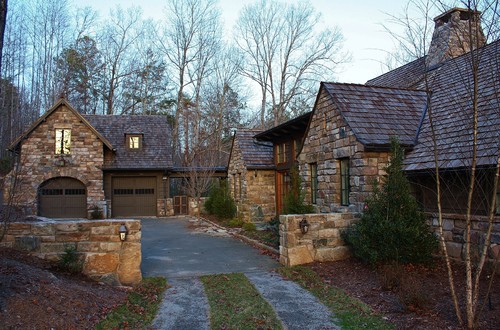
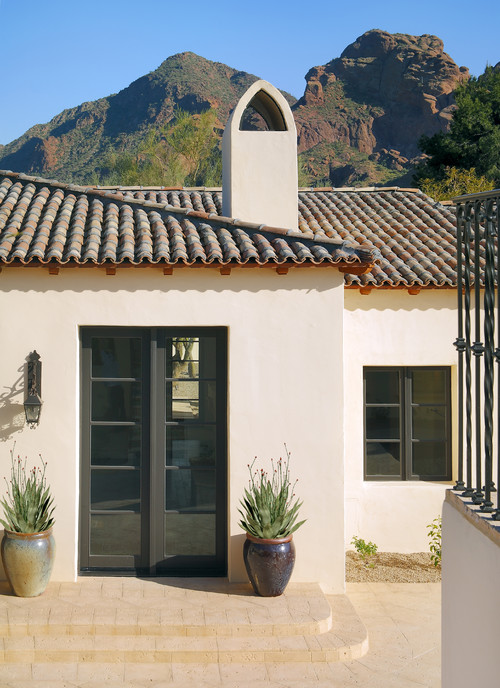
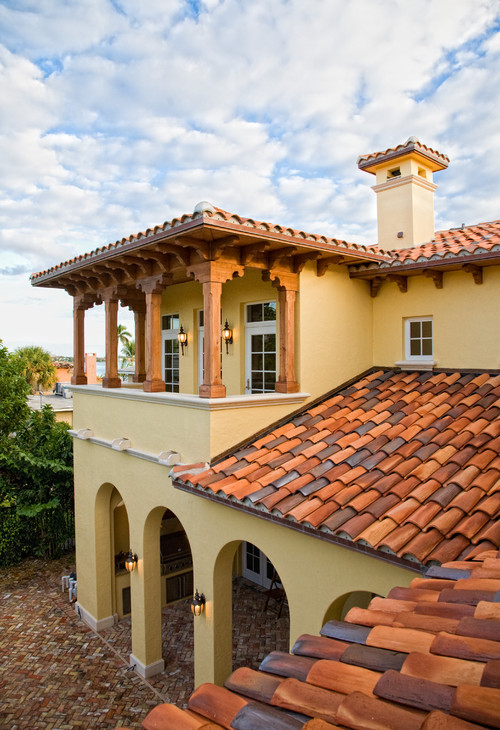







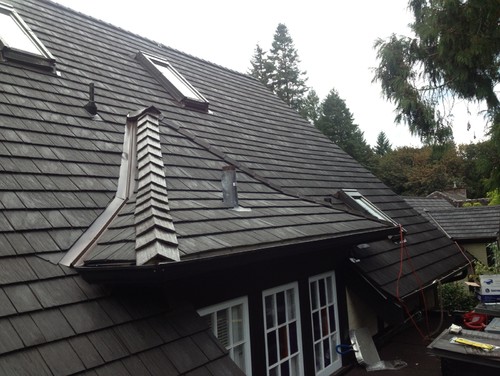
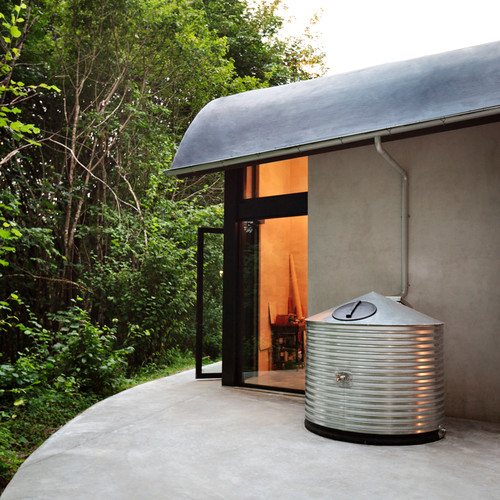
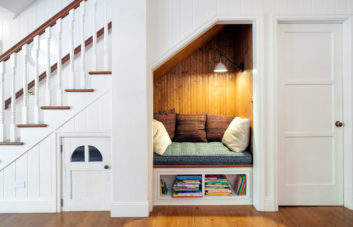


Projects like replacement of roofing system require permits, while repairs do not. The different services that you can avail of from the Chicago roofing contractors are. The roof not only acts as insulators during winters but also it acts as a wonderful cooling system during summer.
I really like the look of slate roofs! I didn’t realize they were so durable! I feel like it’s always worth spending a little bit of extra money if it means you’ll be getting something of higher quality. Roofs are definitely not something you want to be cheap with, either. No one wants to have to deal with a leaky roof in the middle of a rainstorm! Thanks for sharing all of these pros and cons! The article definitely helped me out a lot!
Lisa |
When trying to choose the right type of roofing materials, most homeowners desire a roof that is not too expensive, requires no maintenance and lasts forever. Liquid Rubber roofing in particular is an ideal option for homeowners seeking affordability combined with outstanding protection and durability.